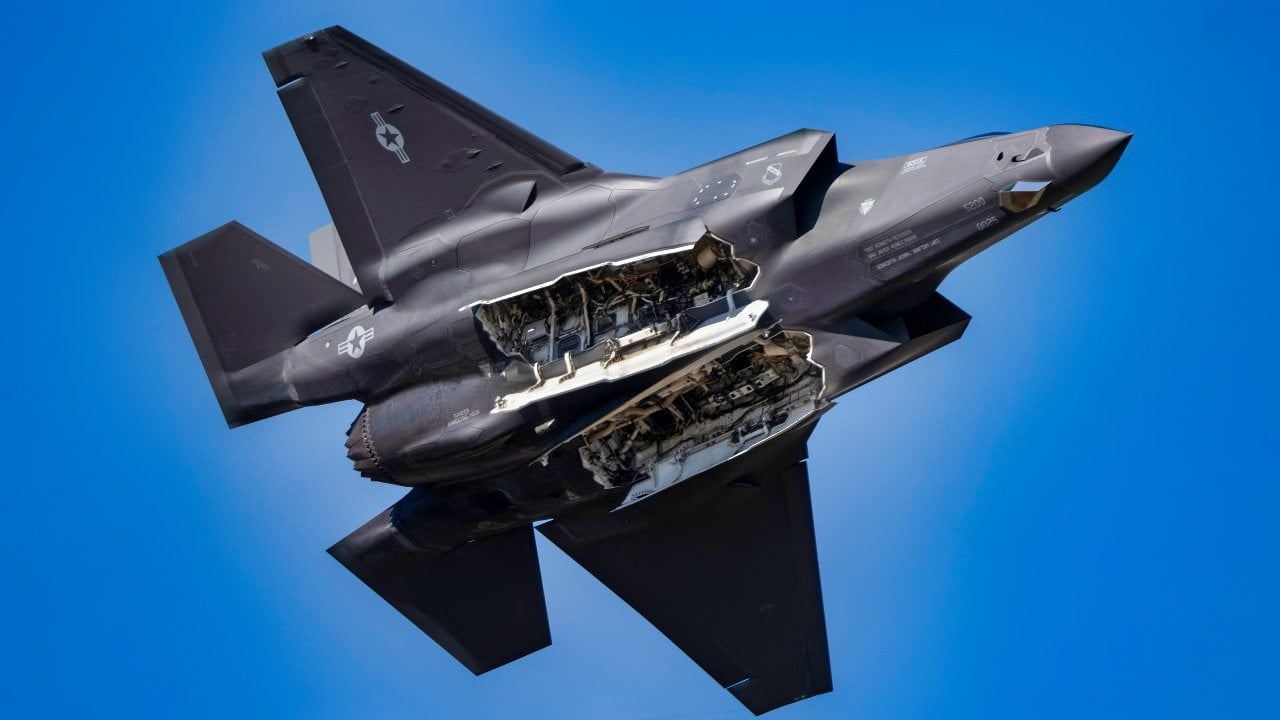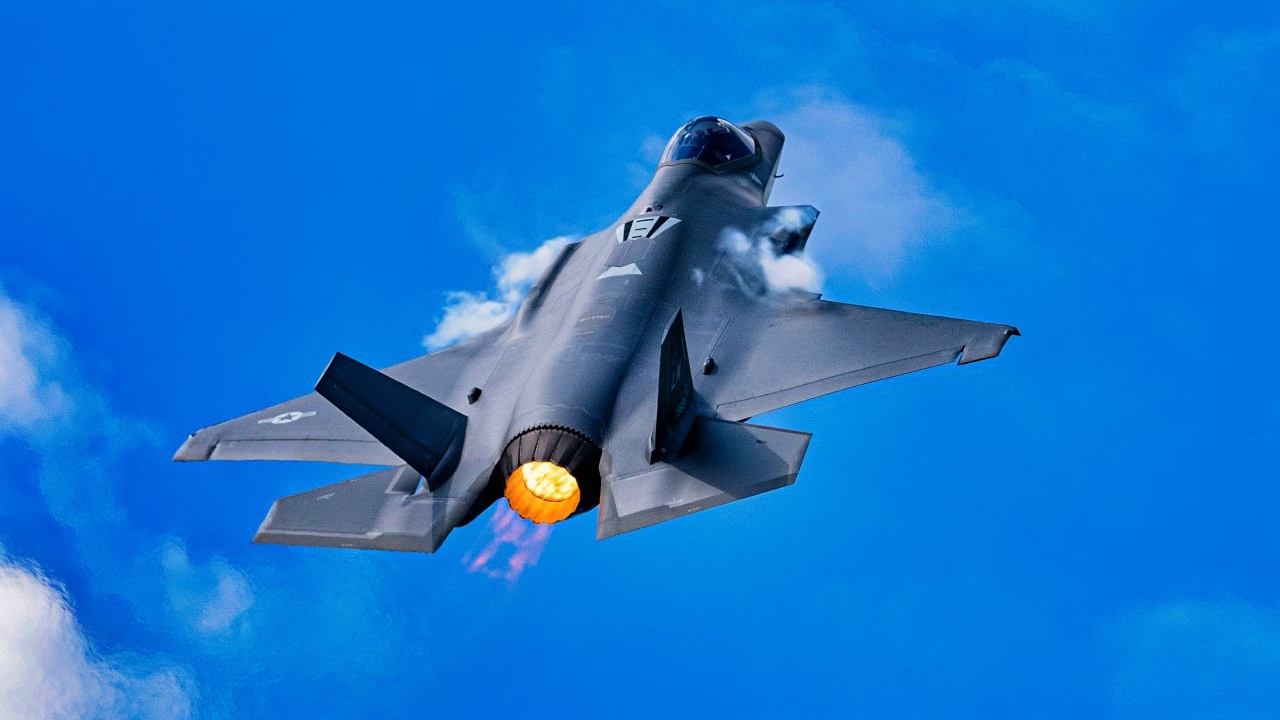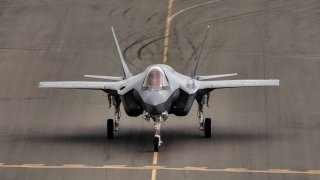What Makes the F-35 So Powerful: It Keeps Getting Upgraded
The F-35 Lightning II fighter is the most advanced fighter jet in the world, but it has several updates and upgrades lined up. To begin with, Lockheed Martin is currently rolling out the TR-3 software update that is necessary for the aircraft to remain at the tip of the spear of combat aviation.
Summary and Key Points: Lockheed Martin is launching a competition to upgrade the cooling system of the F-35 Lightning II stealth fighter jet. The contenders are Honeywell Aerospace, which supplies the current system, and Collins Aerospace.

-This upgrade aims to reduce the aircraft's heat signature, enhancing its stealth capabilities. The F-35 Joint Program Office expects to award the contract in Fall 2024, ensuring maximum capability and cost-effectiveness.
-The F-35 is already the most advanced fighter jet, with ongoing updates like the TR-3 software and Block 4 upgrade to maintain its cutting-edge status. Honeywell has expressed concerns about the timing of this change.
F-35 Lightning II to Receive Major Cooling System Upgrade
The F-35 Lightning II stealth aircraft might be the most advanced fighter jet in the skies today. Still, it continues to receive updates to make it more effective and competitive on the battlefield today and tomorrow.
As part of this update process, Lockheed Martin, the manufacturer, is expected to launch a competition for a new cooling system that will improve the stealth fighter jet's capabilities.
A New Cooling System For the F-35 Fighter
In the upcoming days, Lockheed Martin will launch a competition to replace the F-35 Lightning II’s cooling system. Honeywell Aerospace, which provides the existing cooling system, and Collins Aerospace are the two aerospace companies vying for the contract.
“Contract award for the upcoming phase of the PTMU [Power and Thermal Management Unit] program is expected in Fall 2024,” the F-35 Joint Program Office told Breaking Defense.
“We will work with Lockheed Martin throughout the entire process to ensure all known PTMU solution options are evaluated for performance and economical retrofitability to existing aircraft; bringing maximum capability to the warfighters while accounting for cost,” the F-35 JPO added.
The cooling system, among other things, reduces the heat signature of the fighter jet. The lower the heat signature of an aircraft, the harder it is for enemy sensors to detect it. As such, a reduced heat signature will improve the stealth capabilities of the F-35 Lightning II. (As an aside, stealth doesn’t mean invisible. Rather, it means harder to detect, and it is achieved through a combination of design, countermeasures, special paint coats, and tactics.)
“[We will] evaluate all solution options and determine the best path forward in terms of capability and cost to meet the F-35’s future mission requirements. We expect contract authorization from the Joint Program Office this fall, allowing down-select, development and deployment to new and fielded aircraft,” Lockheed Martin stated.
This Stealth Fighter Is Truly Special...Thanks to Updates
The F-35 Lightning II is the most advanced fighter jet in the world, but it has several updates and upgrades lined up. To begin with, Lockheed Martin is currently rolling out the TR-3 software update that is necessary for the aircraft to remain at the tip of the spear of combat aviation. Next, there is the Block 4 upgrade, which will allow the F-35 Lightning II to carry newer weapon systems and also improve its sensors. The modular design of the F-35 Lightning II allows these updates and upgrades to happen relatively easily.

Honeywell seems opposed to the need for a new cooling system, given the particular operational circumstances.
“When I think about what puts the F-35 program at risk the most is change,” Honeywell Defense and Space President Matt Milas said to Breaking Defense.
“It is so integrated that it just begs the question of, why would we try to change out something that is so integral into the system, when we’re already having all these problems with TR-3, getting to Block 4, [and when] we have potential conflicts all across the globe? Now is not the time where you want to mess with the centerpiece of your defense strategy.”
About the Author
Stavros Atlamazoglou is a seasoned defense journalist specializing in special operations and a Hellenic Army veteran (national service with the 575th Marine Battalion and Army HQ). He holds a BA from Johns Hopkins University and an MA from Johns Hopkins’ School of Advanced International Studies (SAIS). His work has been featured in Business Insider, Sandboxx, and SOFREP.
All images are Creative Commons.


